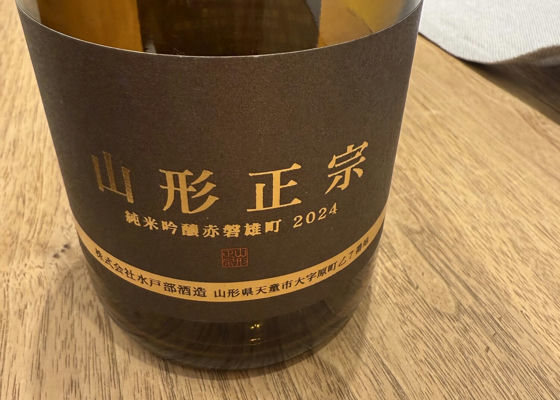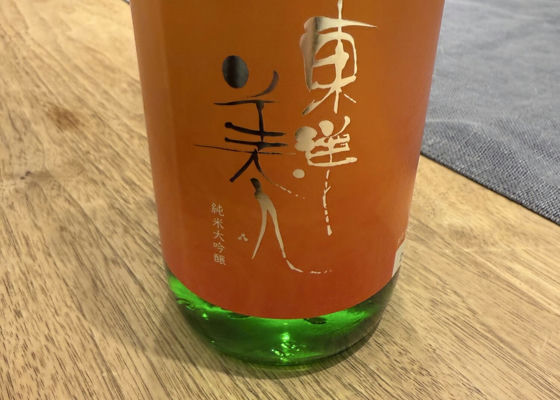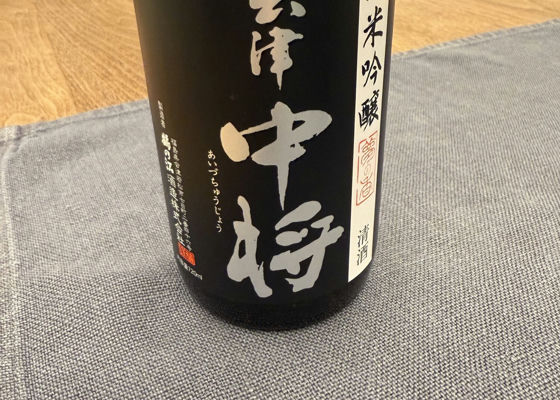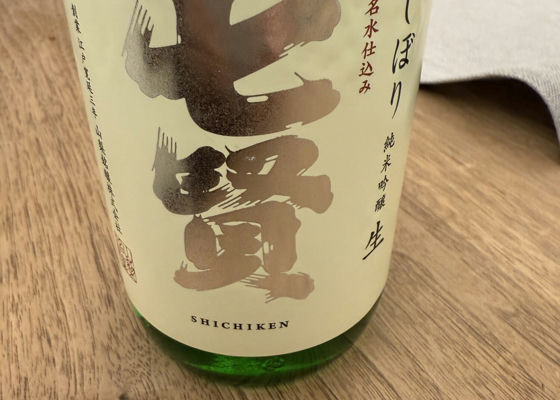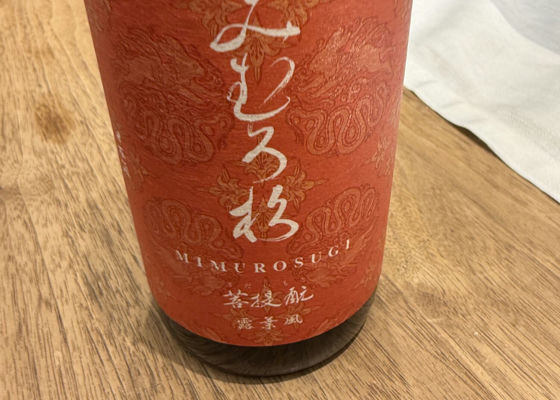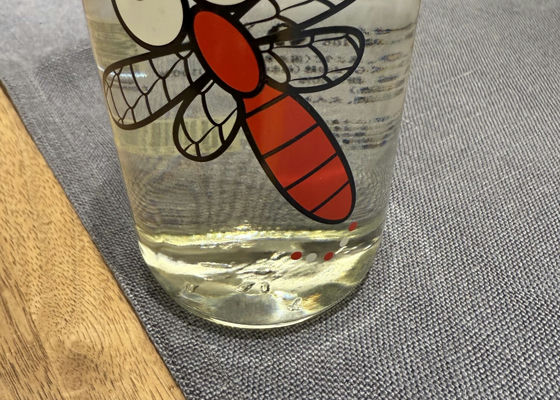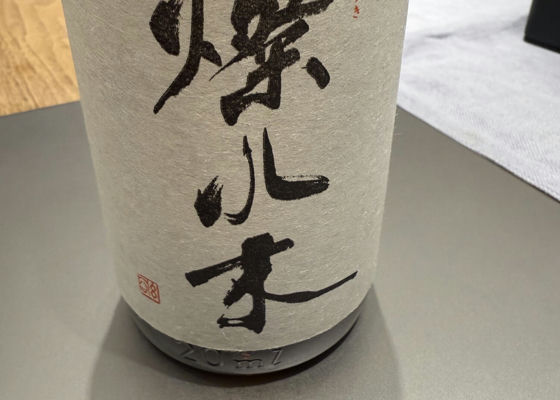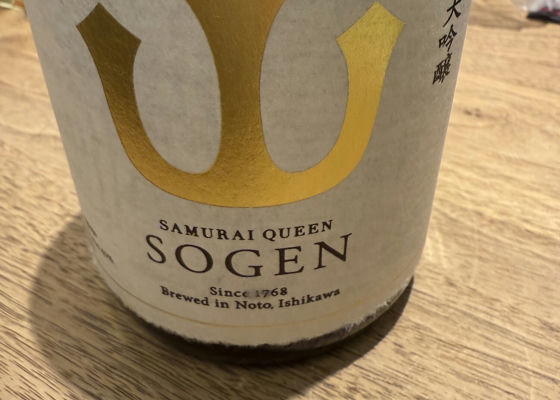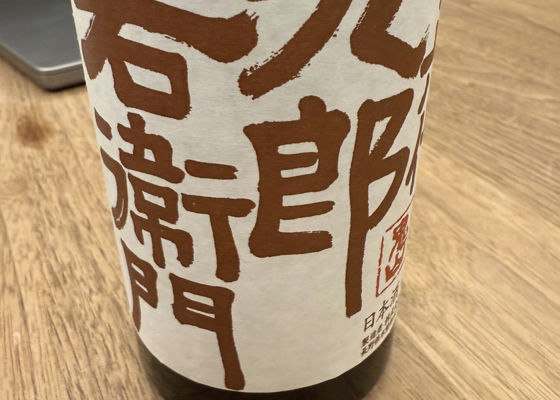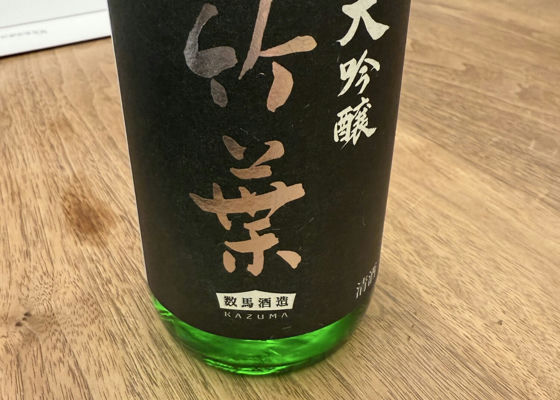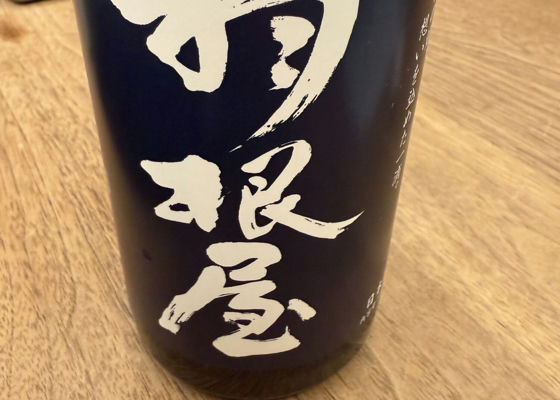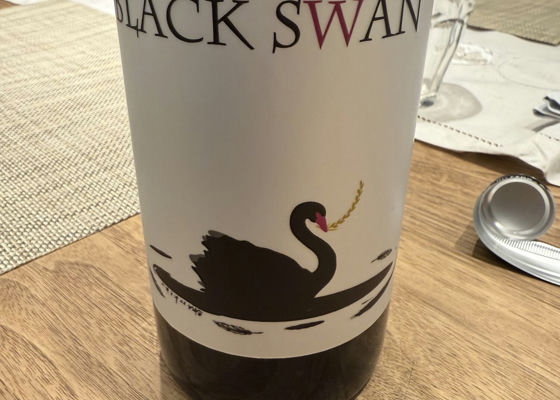
zjYSYGNDB0
Rich melon with tropical fruit nuances
Mild acidity
The raw material rice used is Milky Queen, which is characterized by its stickiness like glutinous rice and milky white color like milk.
Black and yellow malted rice are used for brewing.
In addition, black yeast amazake is added as a finishing touch.
The result is a bottle with a sweetness that does not lose out to the sourness.
Japanese>English
